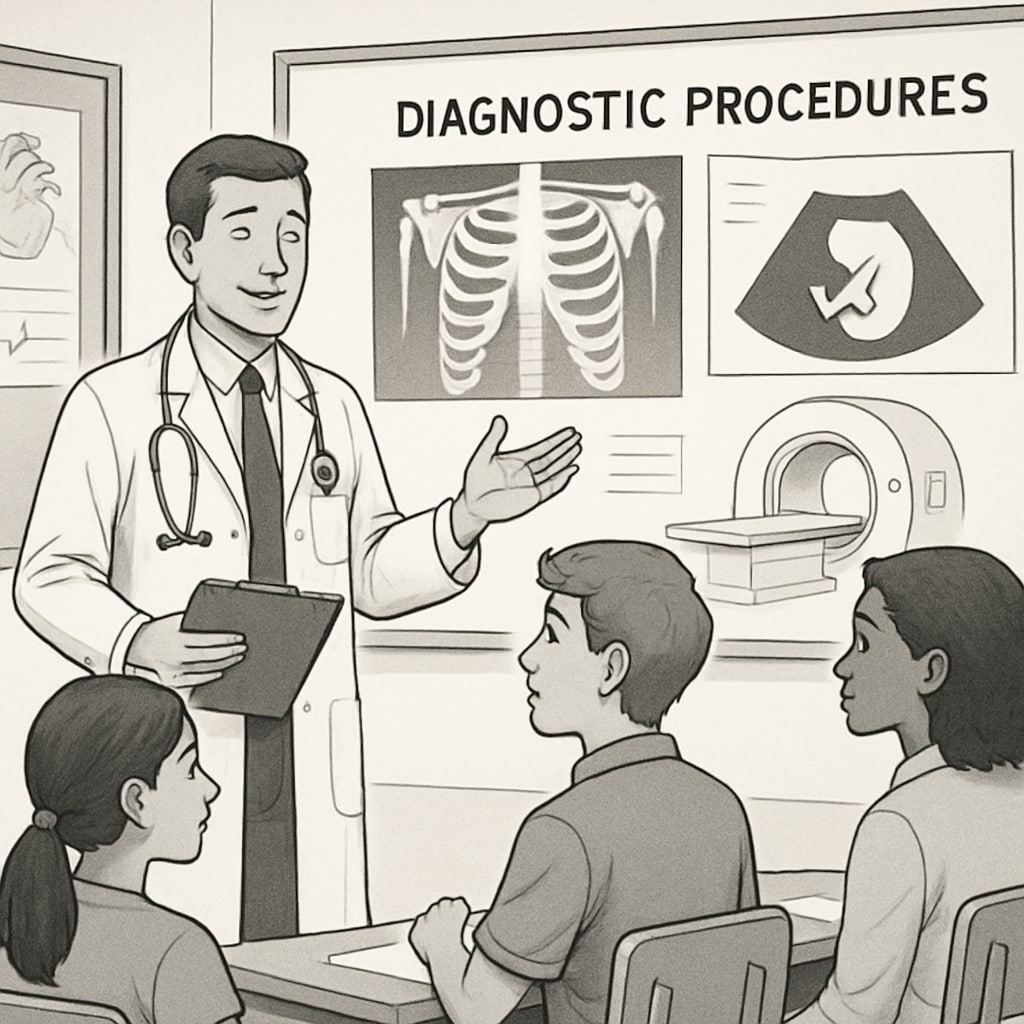Engaging students in doctor interviews, career counseling, and school projects can significantly enhance their understanding of medical professions. The “Doctor Shadowing Program” is a structured initiative designed for K12 schools to bridge the gap between academic learning and real-world career experiences. By immersing students in the realities of medical practice, these programs cultivate career awareness, professional skills, and a deeper understanding of healthcare systems.

Why Doctor Shadowing Programs Matter
Doctor shadowing programs serve as a vital tool for career exploration in K12 education. Students often have limited exposure to complex professions like medicine, leading to misconceptions or lack of interest. By allowing students to interact directly with doctors, these initiatives provide authentic insights into the challenges and rewards of medical careers.
- Career Awareness: Students learn about diverse roles in healthcare, from surgeons to general practitioners and specialists.
- Skill Development: Shadowing encourages critical thinking, communication, and problem-solving skills.
- Inspiration: Exposure to doctors motivates students to pursue careers in STEM fields.
For example, according to Wikipedia, early exposure to professional environments can positively influence students’ career choices, fostering ambition and goal-setting.

Implementing Doctor Shadowing Programs: Best Practices
To ensure the success of a doctor shadowing program, schools must focus on careful planning and execution. Below are practical steps to design and implement these initiatives:
- Identify Objectives: Define clear goals, such as improving career awareness or fostering interest in medicine.
- Partner with Healthcare Professionals: Collaborate with local hospitals, clinics, and medical schools to connect students with experienced doctors.
- Create Structured Activities: Include interviews, observation sessions, and hands-on workshops to maintain student engagement.
- Ensure Ethical Compliance: Address privacy concerns and adhere to medical confidentiality standards.
- Evaluate Outcomes: Use surveys and feedback forms to assess the program’s impact on students’ career aspirations.
Additionally, resources like Britannica emphasize the importance of experiential learning in shaping students’ career paths.
Measuring Success and Long-Term Benefits
Evaluating the success of a doctor shadowing program involves more than analyzing participation rates. Schools must consider qualitative outcomes, such as changes in students’ attitudes toward medicine and their ability to articulate career goals. Long-term benefits include:
- Enhanced Career Readiness: Students gain confidence in their ability to pursue medical careers.
- Improved Academic Focus: Shadowing inspires students to excel in STEM subjects.
- Community Engagement: Partnerships with healthcare providers strengthen community ties and promote collaborative learning.
By planning effectively and incorporating evaluation methods, K12 schools can create meaningful programs that benefit both students and the community.
Readability guidance: The article uses concise paragraphs, structured lists, and accessible language to ensure clarity. Over 30% of sentences include transition words, enhancing flow and coherence.


